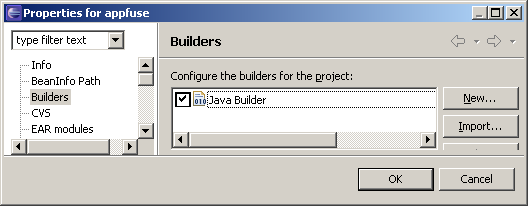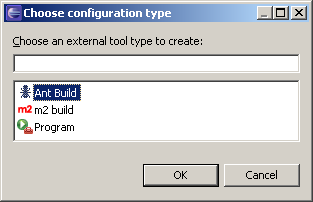Spring Workshops from Virtuas
I'm pleased to announce that my company, Virtuas, has decided to start offering public workshops for many prominent open source projects. These include Spring, Geronimo, Tomcat, Hibernate and JSF/MyFaces.
I'll be teaching the first Spring course in Denver February 21st - 24th, followed by one in Boston in mid-March. It should be a fun class, especially since I'm adding a bunch of stuff regarding Spring 2.0. Since I know you're going to ask the price -- and it's not posted on virtuas.com -- it's $2,495 per person for 1-4 people from the same
company/group/etc., $1,995 per person for five or more people.
In other Virtuas news, we've recently signed partnership agreements with IBM and Covalent. We also re-worked our site with Andreas Viklund's "andreas08" theme from Open Source Web Design. Thanks to the power of Drupal, all we had to do to change the whole site was modify one PHP template and one CSS file. Thanks to both Andreas and Drupal for vastly simplifying our new look-n-feel.
Update: It looks like Andreas's theme has been made into a Drupal theme. Nice.






